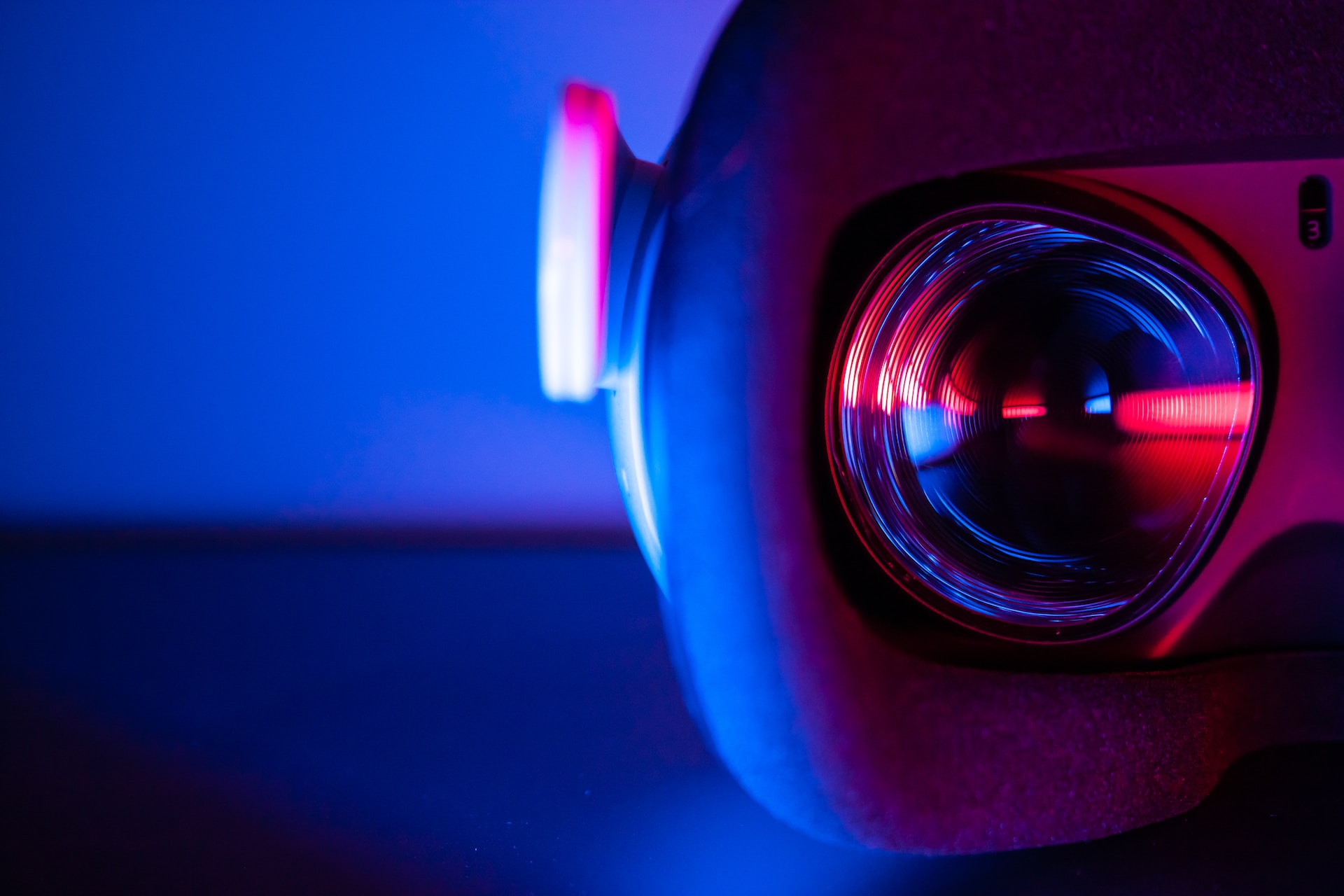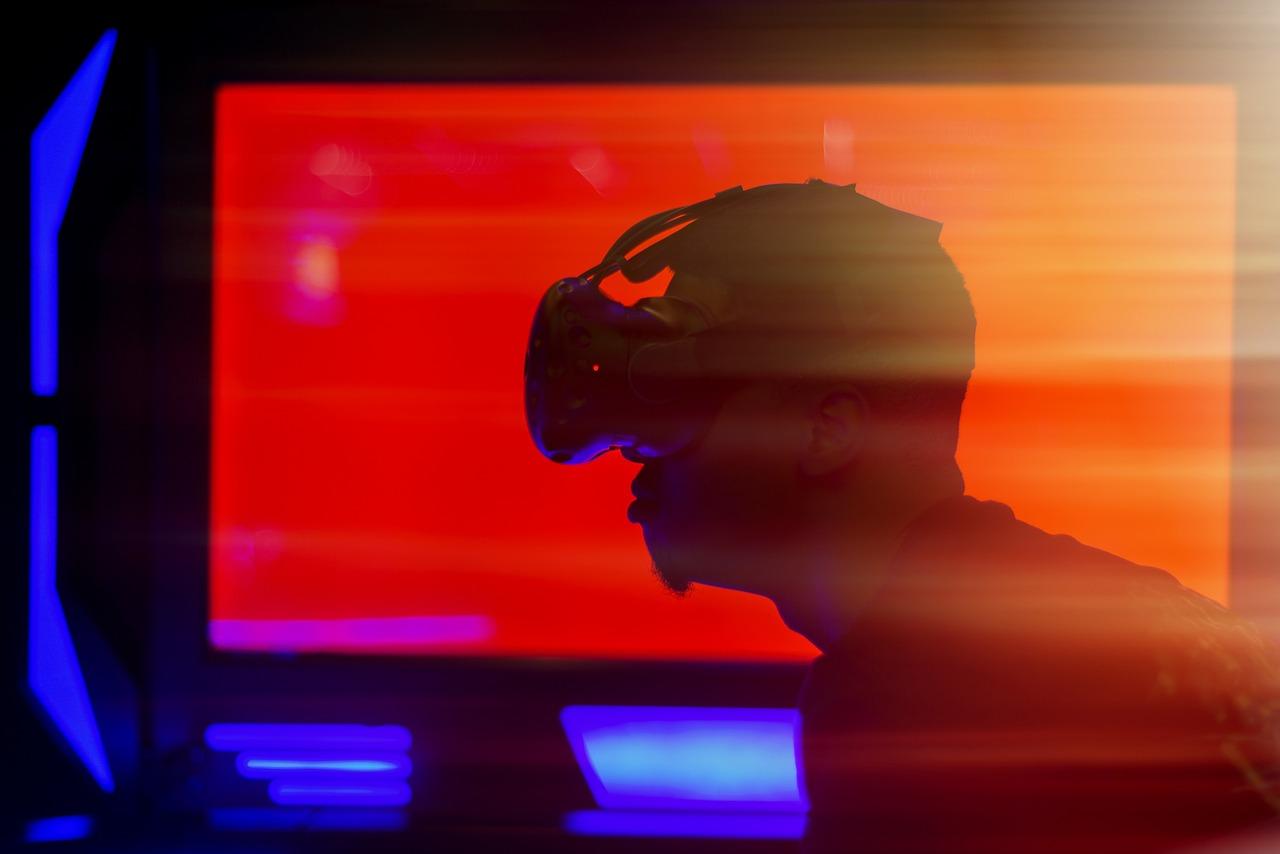Virtual Reality (VR) has truly evolved, transitioning from pixelated images to breathtaking, realistic visuals, thanks to significant technological advancements. In the forefront, the 4K VR headset is a game-changer, elevating virtual reality experiences to unprecedented heights with its ultra-high resolution and clarity.
The 4K VR headset has a resolution of 3840 x 2160 pixels per eye, which significantly improves the visual clarity in VR. This remarkable resolution boost not only produces crisper and clearer images but also greatly decreases the screen-door effect, a phenomenon in which visible lines develop between pixels, detracting from the immersive experience. Users are immersed in extraordinarily lifelike virtual surroundings with 4K resolution, where details are clear, colors are brilliant, and the experience is simply enthralling.
Depth perception and spatial awareness inside the virtual environment gain greatly from this increased resolution. Because of the enhanced pixel density, small details and textures become more visible and distinct, giving consumers a more realistic feeling of space and distance. This level of precision is critical in applications requiring precision, such as medical training simulations, architectural visualization, and professional training modules.
Furthermore, 4K resolution improves user experience in virtual tourism and adventure apps by providing a detailed and realistic perspective of landmarks, museums, and natural marvels. Because of the high resolution, viewers can appreciate the nuances and intricacies of various locations, making virtual tours more entertaining and enlightening.
The 4K VR headset is also quite useful for VR content creators and developers. With more pixels to work with, developers can include finer features in their virtual environments, resulting in more immersive and visually attractive experiences. This increase in visual fidelity is critical for artists, designers, and developers who want to create content that is not just engaging but also deeply representative of their aesthetic vision.
The arrival of 4K VR headsets, on the other hand, poses complications. More computational power is in high demand as devices must render higher-definition images seamlessly. As a result, preparing content for 4K VR involves careful balancing of visual quality and performance to enable seamless and lag-free user experiences. Furthermore, the development and distribution of 4K video necessitates increased bandwidth and storage capacity, necessitating infrastructure capable of handling the increased data load without sacrificing speed and efficiency.
Despite these difficulties, the future of 4K VR headsets is certainly bright. Continuous advances in hardware and software technologies are tackling present limits, with newer versions exhibiting improved performance and more effective resource management. The continued evolution of the VR industry also sees the rise of content specifically built to take advantage of the potential of 4K resolution, providing consumers with a greater range of high-quality experiences across a variety of applications and genres.
Notably, the introduction of 4K VR headsets is critical for applications that require precise attention to detail, such as virtual real estate tours and interior design simulations. Real estate professionals can use improved realism to market properties, allowing prospective buyers to explore every nook and cranny of a room in vivid detail. Similarly, interior designers use the capabilities of 4K to produce precise design simulations that help clients visualize proposed ideas with incredible clarity and precision, allowing for more informed decision-making.
The gaming business would profit greatly from 4K VR headsets. These headsets provide extreme visual clarity to gamers, making gaming settings more realistic and thrilling than ever before. Players may explore their virtual environments with more accuracy and reactivity since every feature is sharply depicted. The vibrancy and clarity of 4K resolution significantly improve the aesthetic appeal of many game genres, ranging from fast-paced action and adventure to puzzle and simulation games, giving gamers with visually engaging experiences that are both captivating and highly realistic.
In the end, the arrival of 4K VR headsets represents a significant milestone in the ongoing journey of virtual reality technology. These gadgets not only alter the user experience but also enable numerous sectors such as gaming, education, healthcare, real estate, and content creation by providing unrivaled visual clarity and resolution. As users, artists, and industries continue to investigate and implement 4K VR technology, the bounds of virtual immersion continue to expand, paving the way for more realistic, engaging, and revolutionary digital experiences. The future of virtual reality is not only visible but also astonishingly colorful and enormously hopeful, heralding a new chapter of unlimited possibilities and immersive adventures in the virtual environment.
















